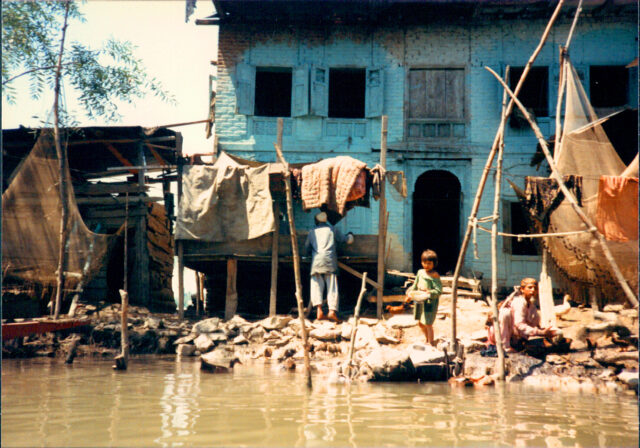I recently learned that healthcare workers in Los Angeles had carried out the biggest unionization drive since 1937, gathering together 74,000 home care workers. Ironically, one of their demands was their own access to health insurance. It was sobering to learn that the women home care workers, who feed, bathe, and clean the elderly and disabled, weren’t covered by health insurance themselves. They did not have paid vacations, or any other benefits normally allotted to full-time workers in the healthcare system.

Something churns inside when you realize that what you do for a living yields such low wages and social benefits that you can’t afford the goods or services you produce. You don’t need complex mathematical equations or quantitative indicators to figure out what constitutes fairness or economic deprivation.
There might be a lesson here for experts who try to measure poverty. They still struggle around identifying markers for economic justice or the right to development, so I suggest we use common sense when science fails. I have my own rapid assessment indicators of social and economic development related to women’s welfare.
One indicator is what I call the “milk indicator.” Dairy cooperatives in India have done wonders to raise family incomes. Groups of women tend to the cows, carry heavy loads of feed, and keep the cows healthy. Children play around the animals and watch them produce a plentiful day’s worth of milk. However, poor women must sell the milk to buy food and other necessities, so many of them must deny their children the very milk they produce. To me, that is an indicator of social deprivation.
Another indicator is what I call the “third world egg indicator.” In many poor countries, well-meaning healthcare workers offer nutritional advice to mothers and recommend to feed the children eggs. In reality, eggs and chickens are often a luxury. They can be so valuable that the poorest farmers sell them to buy grain. I think that a country’s agricultural development policies are failing if farmers cannot afford to eat the foods they produce.
A third indicator is a technology indicator. Household surveyors should ask female electronic workers if they can afford to have televisions. In many developing countries, such luxury items are strictly for the wealthy. In fact, they can be so expensive that entire villages may share just one television. Young women who work in electronic industries in developing countries often live in the pre-industrial world of crowded housing and squalor. They help assemble complex electronic equipment that connect a global communications system, yet they themselves cannot afford to access that world themselves.
Let us create a world where those who contribute to a country’s prosperity do not face the indignity of economic deprivation daily. Let us also use real people’s experiences in UN indicators to measure progress.